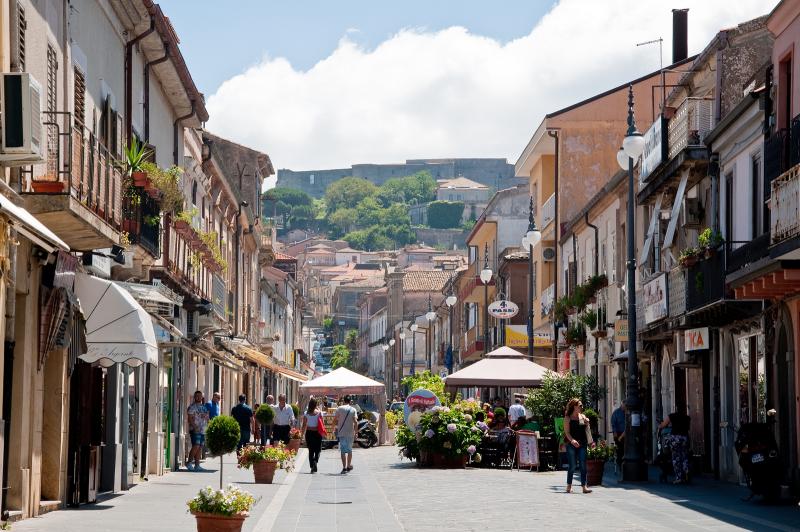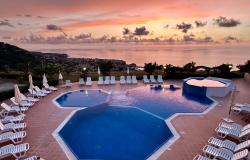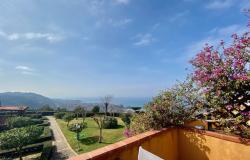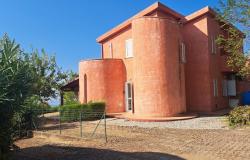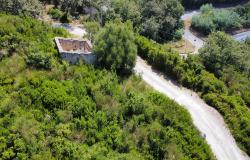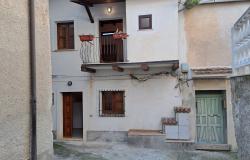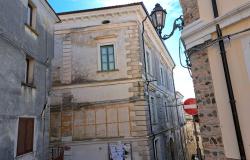The crown of Calabria’s coastal towns, Vibo Valentia’s beaches are among Europe’s most prized jewels. Go for the beaches, but stay for the history, culture and jaw-dropping views.
Extending over the Tyrrhenian Coast and through the Serre mountains is a little peninsula known as Vibo Valentia - a land whose spectacular panoramic views span from iridescent sapphire waters to lush hills covered in lemon and olive groves.
Vibo Valentia is located in the middle of the southern heart of Calabria and is surrounded by the Tyrrhenian Sea to the west, Catanzaro to the north and west, and Reggio Calabria to the south. In total, the province is made up of 50 municipalities.
Deeply rooted in history, the Province was originally the Greek colony of Hipponion until 192 AD. It was founded by the powerful Locri and part of Magna Graecia. On this land once stood the Hipponion acropolis, considered one of the ancient wonders with 300 columns made of alabaster and granite. Around 1000 AD, Emperor Frederick II built the impressive Norman-Hohenstaufen Castle on this site. Today, it plays host to the State Archaeological Museum that houses one of the most precious finds from the Hellenic past: the Laminetta Aurea, a golden lamina bearing the oldest Orpheus text found in Italy.
Throughout the centuries, Vibo Valentia was under the rule of many settlements. The Brutti, Romans, Arabs, Normans, Byzantine, and Swabians have all left their imprint on this province, established as such in 1992.
The city of Vibo Valentia serves as the capital city of the province and overlooks the Gulf of Sant’Eufemia. Its skyline is dominated by the ancient Norman Castle and the bell tower of San Michele. Its medieval historical centre is well maintained and showcases streets paved in vast lava rocks and yellow tuff monumental buildings.
The Province is an agricultural, commercial and tourist center with major ports located in Tropea, Vibo Marina, Nicotera and Pizzo. From these ports, you can watch fisherman returning from the sea and then buy fresh fish directly from their boats, or take mini-cruises to explore the nearby Aeolian Islands. There are also numerous large manufacturing industries, including the tuna district, that are vital to the local economy.
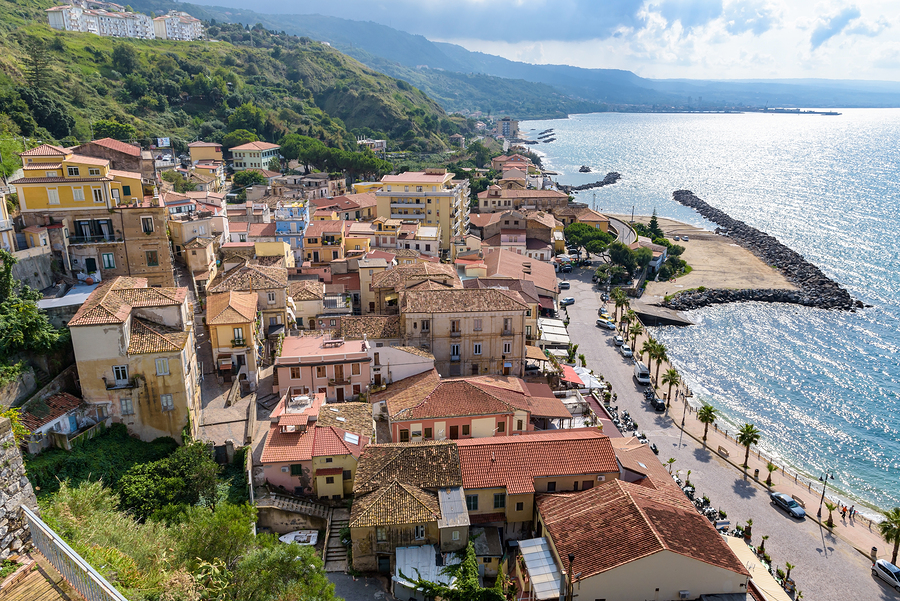 [The picturesque town of Pizzo town]
[The picturesque town of Pizzo town]
The hinterland is dominated by the Serre Massif, thick forests, wide valleys, and the organic farm district of the Poro plateau that has been cultivated solely by the hands of local farmers. There’s also hillside vineyards, olive groves, scented lemon and orange groves, as well as cane fields. A wonderful way to explore this varying landscape is by trekking, hiking, biking or on horseback. The Province is also a favourite of birdwatchers.
Without a doubt, the prized jewel of the region is its coast, comprised of seaside towns and beaches swathed by warm Mediterranean breezes. Its cobalt blue waters, white-sand beaches, cliffs, caves, grottos and stunning coastline are so magnificent that the Ancient Greeks named this region La Costa degli Dei (the Coast of the Gods).

[Panoramic view of Capo Vaticano Ricadi from the Parco Belvedere platform along the famous 'Costa degli Dei' on the Thyrrenian coast.]
This pocket of paradise, from Pizzo to Nicotera, is perfectly situated between Gioia Tauro Gulf to the south and Sant’Eufemia Gulf to the north. The dramatic rocky cliffs rising against a sunlit sea of blue below is not a scene you will soon forget – its beauty is rivalled by Italy’s famed Amalfi Coast and Cinque Terre. If you’re fortunate, on a clear day you can see as far as Aetna and the Aeolian Isles.
All over the region medieval buildings, monuments, interesting archeological sites and churches await you. Certosa di Serra San Bruna, the Church of St Pietro in Ripas, and the Church of St Demetrio are a few worth noting. There’s also St Leonardo's cliff, Villa Braghò, and the islet of Santa Maria on which there is the Sanctuary of St Maria dell' Isola.
 [Monastery Sanctuary church Santa Maria dell'Isola]
[Monastery Sanctuary church Santa Maria dell'Isola]
The gastronomical delights of Vibo Valentia are abundant, but among their prized possessions are the famous sweet red onions of Tropea, the Tartufo gelato of Pizzo, ‘Nduja of Spilinga (a tender salami), the fileja (handmade, fresh egg pasta rolled in long braids); as well as the tuna fish, marmalades, olive oil, chestnuts, mushrooms, and we can’t forget the fresh seafood that arrives daily from local fisherman.
